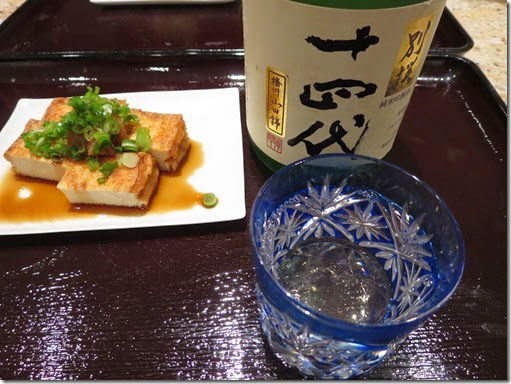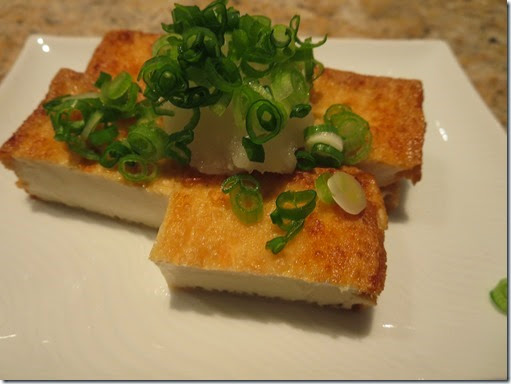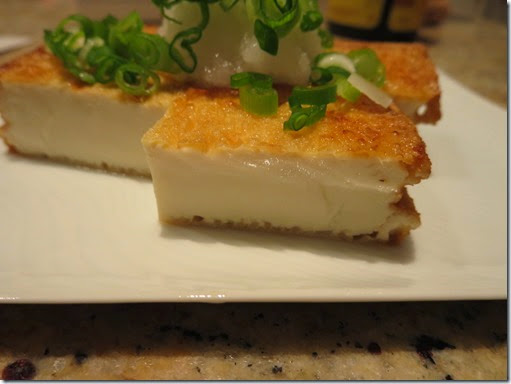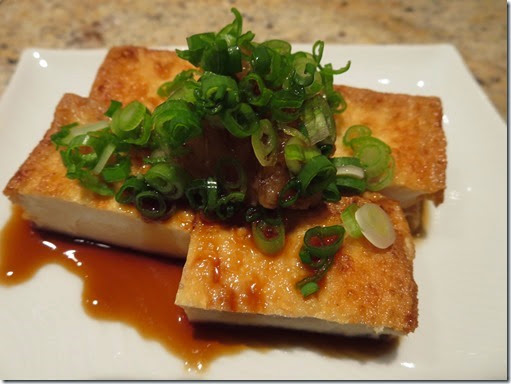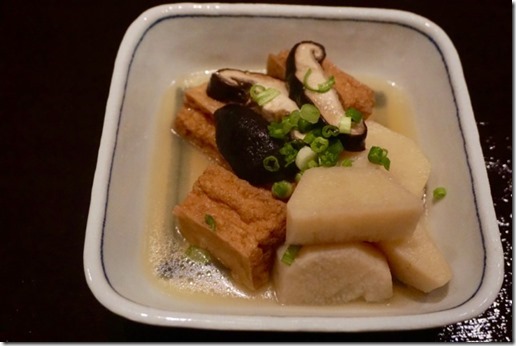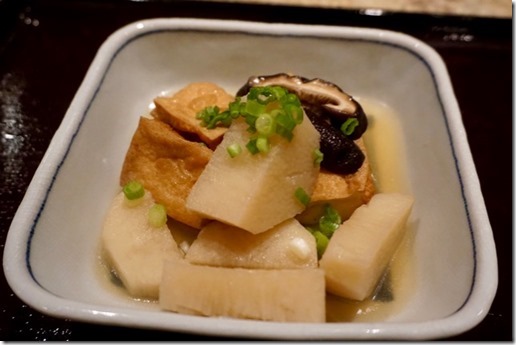This was the very fist evening the weather was nice enough for us to stay outside and cook over the charcoal fire using our
Yakitori grill. With my
looftlighter, it is so easy to make charcoal fires. I just make a mound of lump hard wood charcoal in the middle of the grill, ignite the charcoal using my looftlighter from both sides in the base. Ten minutes later, the fire is ready (below).
Coming into this weekend, we had a sashimi/sushi combination take-out from
Kanpai sushi. When I picked up the food, I noticed one
hamachi collar sitting in their cold case amongst the tuna sashimi blocks. Upon inquiry, I found out it was for sale and I bought it. At the Japanese grocery store, for the first time I can remember, I found a package of frozen bonito tataki as well.
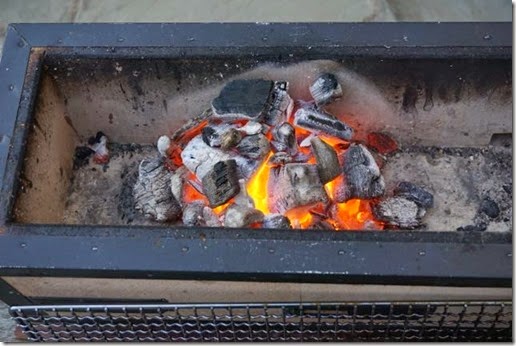
I placed a metal grill (sprayed with pam) over the fire after I spread out the lit charcoals and put on the hamachi (salted).
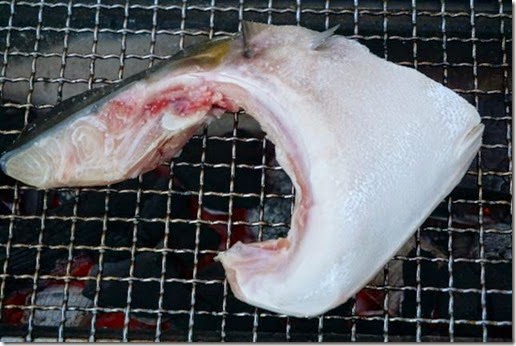
While we were waiting, we started with the
bonito tataki which was wonderful and perfect with cold sake.
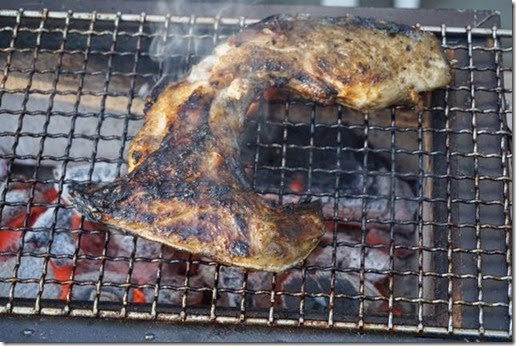
When the hamachi collar was done, I did not have the motivation to make grated daikon. We just ate it as is. We even did not use any soy sauce since it was already nicely salted. The skin of the fish came out a bit more charred than I would have liked but it was crispy with the fat layer caramelized. It tasted much much better than it looked.
At this point, we were getting full (and pleasantly inebriated) in the heady early spring evening and went into the ending "shime" dishes of grilled rice balls. Since I had also bought some fresh deep fried tofu (center still uncooked) "Atsu-age" 厚揚げ, I included it with the rest on the grill.

The tofu was ready in short time. We just enjoyed using the chopped scallion and grated ginger and the sauce borrowed from
our bonito tataki.
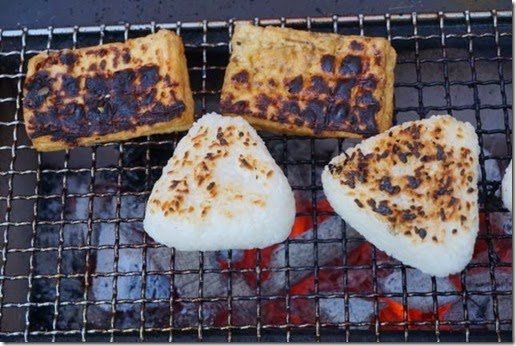
To make a good crust on a rice takes some time as you can see below.
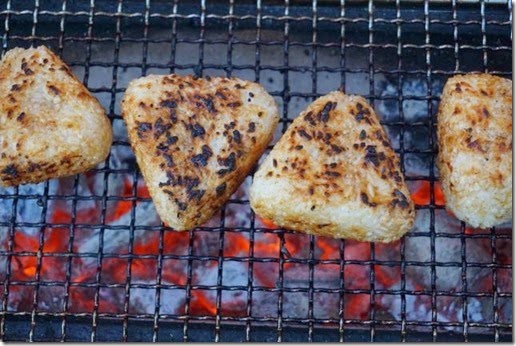
Of course, I make all three sides flat and wide enough so that they will stand on their own allowing me to make a crust on all the surfaces of the rice balls. I brushed them with a mixture of soy sauce and mirin (1:1 ratio) and finished cooking them.

Since we still had some hot coals going, we nibbled on the crust of the rice balls and then put them back on the grill with the newly exposed white rice face down so the surface could become nicely grilled again. We repeated this process several times until we finished the last crispy piece.
Although the evening was not quite "warm", with
the help of our heater (aptly called "Mojave sun"), we stayed outside until we finished our indulgence.
